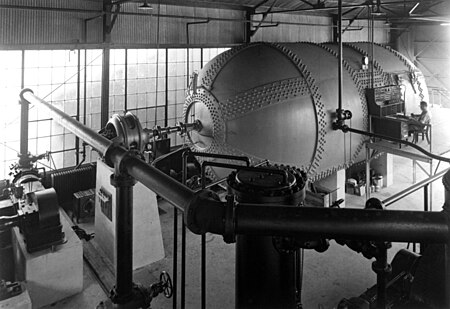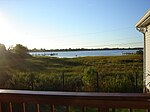Variable Density Tunnel

The Variable Density Tunnel (VDT) was the second wind tunnel at the National Advisory Committee for Aeronautics (NACA) Langley Research Center. Proposed by German aerospace engineer, Max Munk in May, 1921, it was the world's first variable density wind tunnel and allowed for more accurate testing of small-scale models than could be obtained with atmospheric wind tunnels. It was actively used as a wind tunnel from 1923 until its retirement in the 1940s. Langley Research Center historian, James R. Hansen, wrote that the VDT provided results superior to the atmospheric wind tunnels used at the time and was responsible for making NACA, the precursor to NASA, "a world leader in aerodynamic research". It is now on display on the Langley grounds, near the old Reid Conference Center and is a National Historic Landmark.
Excerpt from the Wikipedia article Variable Density Tunnel (License: CC BY-SA 3.0, Authors, Images).Variable Density Tunnel
Thornell Avenue, Hampton
Geographical coordinates (GPS) Address Nearby Places Show on map
Geographical coordinates (GPS)
| Latitude | Longitude |
|---|---|
| N 37.078611111111 ° | E -76.344166666667 ° |
Address
Bldg 580
Thornell Avenue 187
23665 Hampton
Virginia, United States
Open on Google Maps







